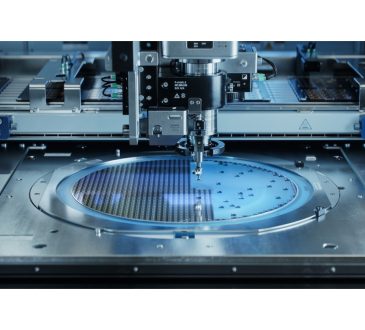
As engineering teams in Singapore expand, the way you manage CAD data can either support growth—or quietly sabotage it. Shared folders, “_final_v7” filenames, and ad-hoc backups might work for a small team, but they quickly collapse once more designers, projects, and revisions come into play. That’s where a structured approach with SOLIDWORKS PDM becomes essential.
Below are practical best practices to keep your models, drawings, and simulations organised as your team scales.
Why Shared Drives Break as Teams Grow
When your team is small, everyone “just knows” where files are. As more engineers join, this breaks down:
- Files get overwritten or duplicated.
- No one is sure which revision is approved.
- Old versions sometimes reach the shop floor.
A properly configured solidworks pdm vault gives you a single source of truth, with controlled access, traceable revisions, and built-in workflows for approvals.
Start with Clear Folder Structures and Naming Conventions
PDM will not magically fix chaos if you bring bad habits into the vault. Before or during implementation:
- Define a simple, logical folder structure (e.g., by product line, customer, or project).
- Standardise file naming—part numbers, project codes, and revision indicators.
- Use custom properties (material, project, status) consistently so PDM search actually works.
Make these rules official and train new hires on them from day one.
Use Lifecycle States, Not Manual “_Released” Copies
Instead of copying files into “Released” folders, use lifecycle states in SOLIDWORKS PDM:
- In Work – designers can edit freely.
- For Approval – locked for review and sign-off.
- Released – read-only for manufacturing and purchasing.
Permissions should follow these states. Designers can’t accidentally change released data, while downstream teams always know which version is approved.
Tie In SOLIDWORKS Simulation and Downstream Data
A common mistake is treating analysis results as separate “side files”. Instead, link solidworks simulation studies to the same managed models:
- Save study results in the vault alongside the design.
- Use references so you know which simulation belongs to which revision.
- Store reports and screenshots in the same project folder for audit trails.
This ensures that when geometry changes, you can quickly see whether previous simulations are still valid—or need to be rerun.
Standardise Templates, Properties, and Workflows
To avoid chaos as you add more users:
- Create controlled templates for parts, assemblies, and drawings with standard title blocks, units, and properties.
- Use PDM to distribute these templates so everyone is working from the same starting point.
- Build simple, visible workflows for approvals, change requests, and engineering change orders (ECOs).
The more you automate with workflows, the less you rely on people remembering “who to email next.”
Train Power Users and Appoint a PDM Champion
Technology alone doesn’t fix process issues. You need people who understand both:
- Identify a PDM “champion” responsible for structure, permissions, and continuous improvement.
- Give them deeper training on vault administration, workflows, and troubleshooting.
- Provide short, focused sessions for designers and drafters on daily tasks: check-in/check-out, searching, and lifecycle changes.
Good habits established early will save you from painful clean-ups later.
Practical Next Steps for Singapore Teams
To strengthen data management around SOLIDWORKS:
- Map your current file chaos—where do errors, duplicates, or wrong-revision issues occur?
- Define a minimal but clear folder and naming standard.
- Implement a pilot solidworks pdm vault for one project or product line.
- Integrate key solidworks simulation studies into that same managed environment.
- Refine workflows and training based on feedback, then roll out to the wider team.
By combining disciplined PDM practices with the tools you already use, SOLIDWORKS Singapore users can move from “file juggling” to a reliable, scalable data backbone that supports faster development and higher product quality.




